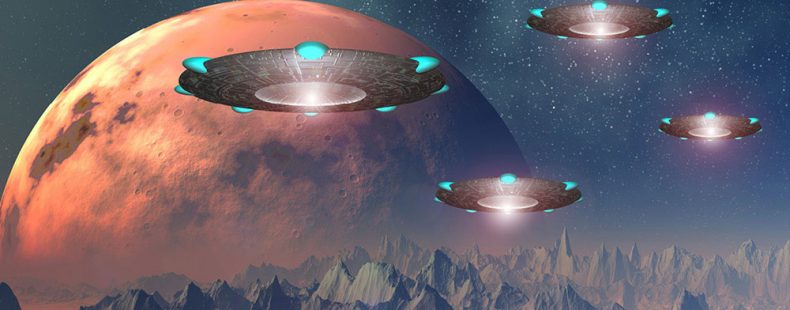On February 22, 2017, news of the discovery of seven new exoplanets was announced by NASA. This may be a new word for you non-NASA geeks out there. Let’s examine the difference between planets and exoplanets.
A planet is sometimes also called a major planet. It’s any of the eight large heavenly bodies revolving about the sun and shining by reflected light. In the order of their proximity to the sun, that’s Mercury, Venus, Earth, Mars, Jupiter, Saturn, Uranus, and Neptune. Until 2006, Pluto was classified as a planet ninth in order from the sun, but it was then reclassified as a dwarf planet. Poor Pluto, kicked out of the most exclusive club in the galaxy.
Now we get to the exoplanets. Put simply (meaning, by their definition), an exoplanet is “a planet that revolves around any star other than the sun.” NASA says seven Earth-sized exoplanets are in orbit around a star known as TRAPPIST-1, which is a mere 40 light-years away from our sun.
According to Gizmodo, “the six inner planets are very likely to be rocky, are roughly the same mass as Earth, and are thought to have comparable surface temperatures to our own planet. Three of the planets may even be able to support liquid water and perhaps, life.” As a frame of reference here, NASA says 40 light-years is equal to 235 trillion miles. And we’re not talking Buzz Lightyears, either.
NASA was understandably giddy about this news. “The seven wonders of TRAPPIST-1 are the first Earth-size planets that have been found orbiting this kind of star,” Michael Gillon, lead author of the paper and the principal investigator of the TRAPPIST exoplanet survey at the University of Liege, Belgium, says on the NASA website. “It is also the best target yet for studying the atmospheres of potentially habitable, Earth-size worlds.”
So perhaps the truth is out there after all! Here’s more on this exciting new discovery from CNN and NASA.















